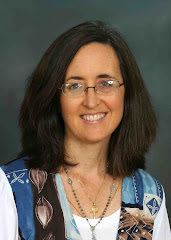
International Green Building Conference Review
Part 4 of 5
It is becoming more efficient, affordable and aesthetic to harness the power of the sun!
You can lower your need for electricity by channeling the sun’s light through Solatube. They have recently improved minimizing heat transfer, and it qualifies for the 30% tax credit (currently good through the end of 2010). Remember to check if there are other rebates or incentives in your area. This high performance product is energy star rated. It uses advanced optics to flood a space with natural light, without the accompanying heat, which is more beneficial than a skylight. Our family bathroom does not have an exterior wall and has attic space above, so there was no other way to enjoy daylight before. It was as dramatic as night and day to add the Solatube. Not only did it flood the room with natural light, it brightened the hallway, and one’s mood!
Another major savings for consumers is the significant drop in pricing for solar panels (customarily placed on the roof)—some 40% over the last year according to Chad Corwin, a market research specialist for Kyocera Solar. He told me that thin film is less efficient, to look at the products energy output, with a benchmark of 5.52 watt per hour. All states are establishing standards of how much of their energy will be generated from a renewable source. For example, Arizona is considered a progressive state, since we do not classify nuclear power as a renewable energy source, so there will the requirement for utility companies to cooperate with net metering—the selling of excess power back to the utility company. Chad pointed out to me, that homeowners generating their own power can be considered a competitor, loss of revenue for a utility company. I hadn't thought of that before. With the requirements of a percentage of energy that must be from renewable sources, utility companies need to cooperate with homeowners who harvest the power of the sun.





